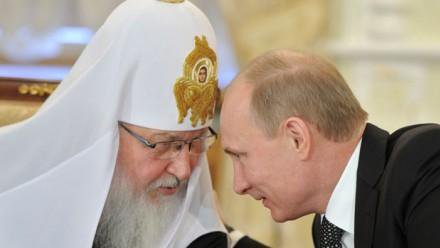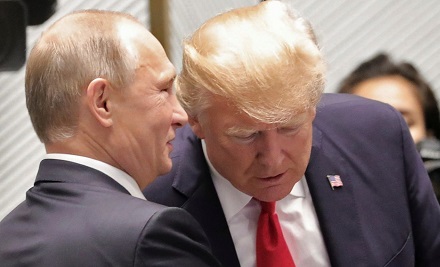Manea interviews Bob Work at Small Wars Journal
Thursday, January 4th, 2018[Mark Safranski / “zen“]

Octavian Manea interviews former Deputy Secretary of Defense Robert O. Work for Small Wars Journal. Work, generally regarded as a straight shooter and smart Pentagon insider, served in this position both for the Obama and the Trump administrations and is also a former Undersecretary of the Navy and CEO of CNAS.
The Role of Offset Strategies in Restoring Conventional Deterrence
Manea: Usually when we are talking about the Cold War, the first thing that we think in terms of a strategic framework is containment. But what has been the role the offset strategies played in the broader Cold War competition? In 1997, William Perry made an interesting observation that I think is worth reflecting on: “these strategies, containment, deterrence and offset strategy were the components of a broad holding strategy during the Cold War. I call it a holding strategy because it did not change the geopolitical conditions which led to the Cold War, but it did deter another World War and it did stem Soviet expansion in the world until the internal contradictions in the Soviet system finally caused the Soviet Union to collapse. The holding strategy worked.”
Work: As Bill Perry suggests, technological offset strategies played an important role during the Cold War. The thinking about offset strategies can actually be traced to WW2. When the United States entered the war, planners concluded that the U.S. would need over 200 infantry divisions and about 280 air combat groups to ultimately defeat the Axis powers. However, U.S. leadership knew that if they built so many infantry divisions, the manpower they would need to work the arsenal of democracy wouldn’t be there. They therefore made a conscious decision to hold the number of infantry divisions to no more than 90 while keeping the 280 air combat groups. The thinking was that a “heavy fisted air arm” would help make up for the lack of infantry parity with the Axis powers.
The “90-division gamble” turned out to be a winner, but it was a close-run thing. In 1944, during the Battle of the Bulge, the U.S. Army literally ran out of infantry, forcing leaders to rush untrained troops to the front. Despite this, the idea that technology could help offset an enemy’s strength took hold in American strategic thinking. As a result, throughout the Cold War, the U.S. never tried to match the Soviet Union tank for tank, plane for plane, or soldier for soldier. It instead sought ways to “offset” the potential adversary’s advantages through technological superiority and technologically-enabled organizational constructs and operational concepts.President Eisenhower was well aware of the 90-division gamble. When he became president, he asked how many infantry divisions it would take to deter a Warsaw Pact invasion of Europe. Coincidentally, he was told about 90 divisions. Eisenhower knew that having a “peacetime” standing army of that size was neither politically nor fiscally sustainable. To counter Soviet conventional superiority, he therefore opted for what is now thought of as the First Offset Strategy (1OS), which armed a much smaller U.S. ground force with battlefield atomic weapons, and an explicit threat to use them on invading Warsaw Pact forces.
The 1OS strategy worked. We know this because the Soviets and their Warsaw Pact allies adopted a new campaign design to forestall NATO’s use of nuclear weapons early in a campaign. They planned to conduct conventional attacks in powerful successive echelons to achieve a penetration of the NATO front lines. Once a breach was achieved, an Operational Maneuver Group (OMG) would drive deep into NATO’s rear. The Soviets believed that once an OMG was operating behind NATO’s front lines, NATO leadership would be dissuaded or incapable of resorting to nuclear weapons. We’ll never know if NATO would have ever approved atomic attacks in response to a Warsaw Pact invasion. But we do know the 1OS provided a credible deterrent and had a major impact on Soviet thinking.Fast-forward twenty years…..
Read the rest here





